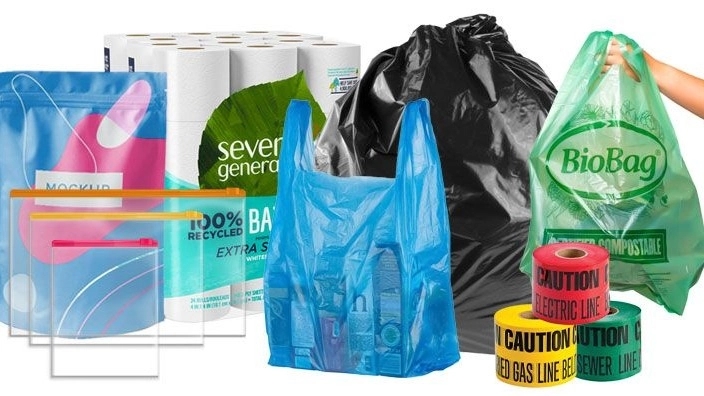What is nylon?
Nylon is a type of polymer that was first accidentally created during a series of research operations. In order to better understand its structure, we must see what is a polymer and what are its characteristics? The most basic definition for a polymer can be that a polymer is an effective and efficient chemical substance that consists of repeating units or smaller components called monomers. These repeating units can have different arrangements. Among the types of these arrangements, we can refer to placing the repeating units side by side, front and back, bottom and top, or left and right. In fact, the monomers that make up the polymer or its repetitive components are connected through these arrangements. Polymers are found in abundance in nature and most of them are obtained from crude oil. Now that we are familiar with the concept of polymer, we can easily understand what the phrase "Nylon is a type of polymer" means. In a simple definition, nylon is a polymer whose constituent monomers are nitrogen. Nylon is available in many types such as nylon 6, nylon-6,6, nylon 6-6, nylon 6/9, nylon 6/10, nylon 12/6, nylon 11 and nylon 12, each of which has its own formula and They have their own characteristics. Among these, nylon 6 and nylon-6,6 are the most common and widely used types of nylon.
Some properties of nylon are: Flexibility and elasticity High tensile strength High impact and cracking resistance Luster and transparency Good resistance to various chemicals such as acids and bases Low friction coefficient High resistance to abrasion Among the nylon products that are available in the market, we can mention greenhouse nylon, nylon packaging, bubble nylon, store nylon, nylon shearing, etc.

What is plastic?
Today, almost everyone comes into contact with plastic everywhere and on a daily basis. Plastics are a vital material in the modern economy for several reasons, including availability, high variety, and low cost. Plastic is a group of synthetic or semi-synthetic materials that are obtained from the process of polymerization or polymerization and are used in a wide range of applications. The structure of plastic materials is based on chemical elements such as carbon, hydrogen, oxygen, nitrogen. , chlorine and sulfur are stable. These elements are obtained from natural sources such as air, water, gas, oil, coal and even from living plants. Two processes are used to produce plastic; Polymerization and submission. Special catalysts are needed for both of these processes. In the polymerization reactor, monomers such as ethylene and propylene are connected and form a long polymer chain. Each polymer has its own characteristics, structure and size, which depend on the different types of basic monomers used.
Some properties of plastic are: Low weight and lightness compared to materials such as metals Insulation of plastics against electricity Insulation against heat High resistance to chemical corrosion Inability to grow all types of microbes, bacteria, parasites, fungi and algae on plastic. Transparency and shine Colorability Cheapness, high speed of construction and low price of raw materials Polyethylene (PE), polypropylene (PP), polyvinyl chloride (PVC) and polyethylene terephthalate (PET) are among the widely used plastics.

What are the differences between nylon and plastic?
We can more easily understand the difference between them. The names of most plastics begin with poly, such as polyethylene, polystyrene, and polypropylene. So this is the first common feature of plastics. Another similarity of plastics is that they are made of carbon and hydrogen and sometimes oxygen, nitrogen, sulfur, chlorine, fluorine, phosphorus or silicon. The term plastic includes all these polymers. As you know, nylon is a material based on light polyethylene. Polyethylenes are the most widely used plastics in the world. This type of plastic has the simplest chemical structure of the plastic polymer, which has made its processing very simple and cheap. In short, it can be concluded that nylon is one of the products and derivatives of plastic and a product based on plastic.
